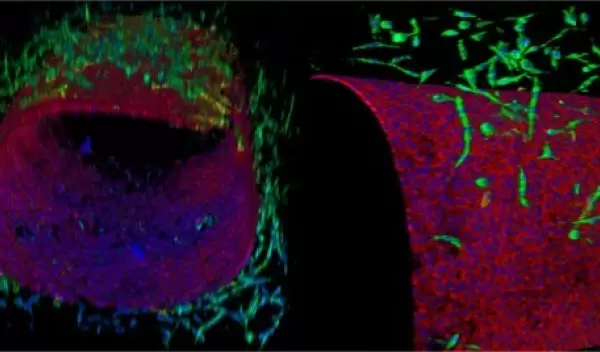
Researchers engineer a new way to model lymph system conditions
A U.S. National Science Foundation grantee research team at Texas A&M University has developed a new way to model conditions that impact the lymph system. The innovative use of organ-on-a-chip models provides a new way to examine the biology of lymph system diseases. The newfound information could lead to more treatments for conditions that have limited therapeutic options.
The team applied organ-on-chip models to the lymph system to create a lymphangion-chip. A lymphangion is the functional part of a lymph vessel that is between two semilunar valves. This is the first time the mechanisms of lymphatic vascular diseases and potential pharmaceutical treatments have been the focus of this type of research.
To engineer the new device, the team developed a technique to create microfluidic cylindrical blood or lymphatic vessels consisting of endothelial cells that line blood vessels. The same technique was used to create a synthetic version of the functional unit of a lymphatic vessel -- the co-cultured multicellular lymphangion -- in a lab environment.
"We can now better understand how mechanical forces regulate lymphatic physiology and pathophysiology," corresponding author Abhishek Jain said. "We can also understand what the mechanisms are that result in lymphedema, and then we can find new targets for drug discovery with this platform."
The research was recently published in the journal Lab on a Chip.
"The most exciting part of this research is that it is allowing us to now push the organ-on-chip in directions where finding cures for rare and orphan diseases is possible with less effort and money," Jain said. "We can help the pharma industry invest in this platform and find a cure for lymphedema that impacts millions of people."


